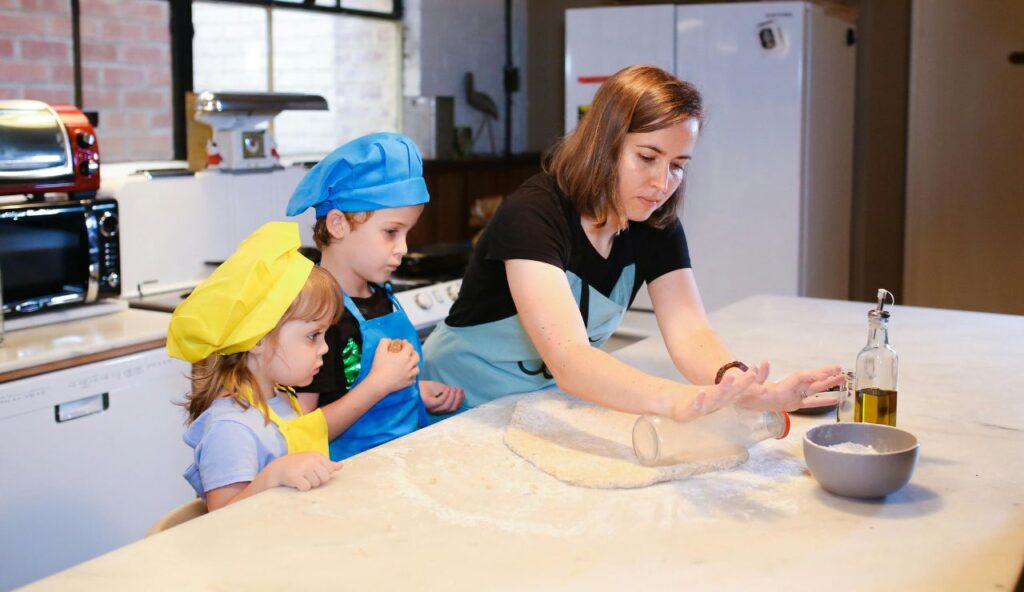Back in the ’60s, being a teen meant doing things with your own two hands. If something broke, you fixed it. If you were bored, you figured it out. There were no apps to lean on or voice assistants to guide the way. Life expected you to learn practical skills early, and most teens did. Today, many of those everyday abilities have disappeared, replaced by digital shortcuts and smart devices that do the thinking for us.
1. Fixing Their Own Cars

A busted engine did not mean a trip to the mechanic. Teens in the 1960s could open the hood, change a spark plug, and even rebuild a carburetor over the weekend. Cars were simpler and did not require software to diagnose problems. Today, with high-tech engines and digital dashboards, most teens do not bother learning how to check oil. This practical skill has been lost to modern convenience.
2. Writing in Cursive

Cursive writing was a basic requirement in school and life. Teens were taught it early and used it daily for letters, notes, and signatures that looked like artwork. It was considered a sign of maturity and polish. Now, many teens can barely read cursive, let alone write in it. With everything typed, tapped, or recorded, cursive has become more like a historical code than a useful skill.
3. Sewing and Mending Clothes

Torn jeans or missing buttons did not mean tossing the clothes away. Teens in the 1960s often learned to sew by hand or machine, especially in home economics classes. Fixing or even designing their own outfits was common. Today, fast fashion has made mending almost irrelevant. If a shirt rips, most teens just replace it. The needle and thread have been swapped for shopping apps.
4. Reading a Paper Map

Getting lost was part of the experience, but so was finding your way back. Teens could unfold a map, locate landmarks, and plan a route with no digital help. They remembered directions and relied on observation, not a voice assistant. Today, if GPS fails, most teens feel helpless. Reading a physical map now feels like a survival skill from another era.
5. Making Phone Calls from Memory

When phones were rotary and attached to walls, teens knew important numbers by heart. They remembered friends’ numbers, family contacts, and emergency lines. If they wanted to call someone, they had to actually remember how. Today, contacts are stored in phones, not in memory. Ask a teen for a parent’s number, and they will likely need to check their phone.
6. Operating a Record Player

Teens in the 1960s knew how to handle vinyl carefully. They could drop the needle in the right spot, adjust the speed, and flip records with ease. Owning and using a record player was a normal part of life. Today, music is streamed with a tap. Most teens have never touched a record, let alone played one. The entire process feels like a vintage ritual.
7. Using a Typewriter

Before computers and autocorrect, teens used typewriters for school papers, letters, and job applications. They knew how to insert paper, set margins, and correct typos with tape. It required focus and precision. Now, teens type on screens with spelling help built in. The sound of typewriter keys has become more of a nostalgic background noise than an everyday tool.
8. Knowing Basic Etiquette

Teens once learned how to behave in formal settings. They practiced table manners, formal greetings, and how to write thank-you notes. Saying “ma’am” and “sir,” holding doors, and responding to invitations properly were part of growing up. While kindness still exists, traditional etiquette has mostly faded. Casual communication now dominates teen interactions.
9. Balancing a Checkbook

Managing money meant writing it down. Teens in the ’60s learned to track expenses, deposits, and withdrawals with a pen and paper. It taught responsibility and attention to detail. Today, banking apps do all the math, and paper checks are nearly gone. Most teens rely on digital balances and notifications, with little understanding of how to manage finances manually.
10. Starting a Fire Without Gadgets

Camping trips often involved building real fires. Teens gathered kindling, struck matches, and kept flames going with care. They knew how to build, maintain, and safely extinguish a fire. Today, outdoor time is often replaced by screen time. If Wi-Fi is down, most teens feel lost, never mind starting a fire without a lighter or a tutorial video.
11. Ironing Clothes Properly

Looking sharp meant using an iron. Teens knew how to set the right heat, smooth out wrinkles, and press perfect creases in pants and shirts. It was part of getting ready for school, church, or a night out. Now, many teens avoid ironing altogether. Wrinkle sprays or letting clothes hang in the bathroom steam are more common than handling an actual iron.
12. Writing Letters by Hand

Before texting, teens communicated through handwritten letters. Whether it was for a crush, a friend far away, or a thank-you note, they knew how to express themselves on paper. They picked stationery, folded it carefully, and sent it through the mail. Today, messages are short, digital, and filled with emojis. Thoughtful, handwritten communication is nearly extinct.
13. Playing Instruments for Fun

Teens often learned instruments just for the joy of it. They played guitars, drums, and even harmonicas with friends, sometimes making up songs on the spot. Music was a social and creative outlet. Now, music apps and playlists have taken over. Fewer teens learn to play for fun, and casual jam sessions are no longer part of everyday life.
14. Cooking Real Meals from Scratch

Microwave dinners were not common. Teens knew how to prepare full meals, bake treats, and follow recipes without digital instructions. Many learned in the kitchen from their parents or in school. Today, food often comes from delivery services or prepackaged kits. Cooking from raw ingredients without help from the internet is no longer a routine skill.
15. Handling Boredom Creatively

With no social media or instant entertainment, teens had to invent their own fun. They wrote stories, played outside, or built things from scraps. Boredom sparked creativity. Today, constant digital access fills every quiet moment. Most teens feel restless without a screen. The ability to turn boredom into something meaningful has faded.


